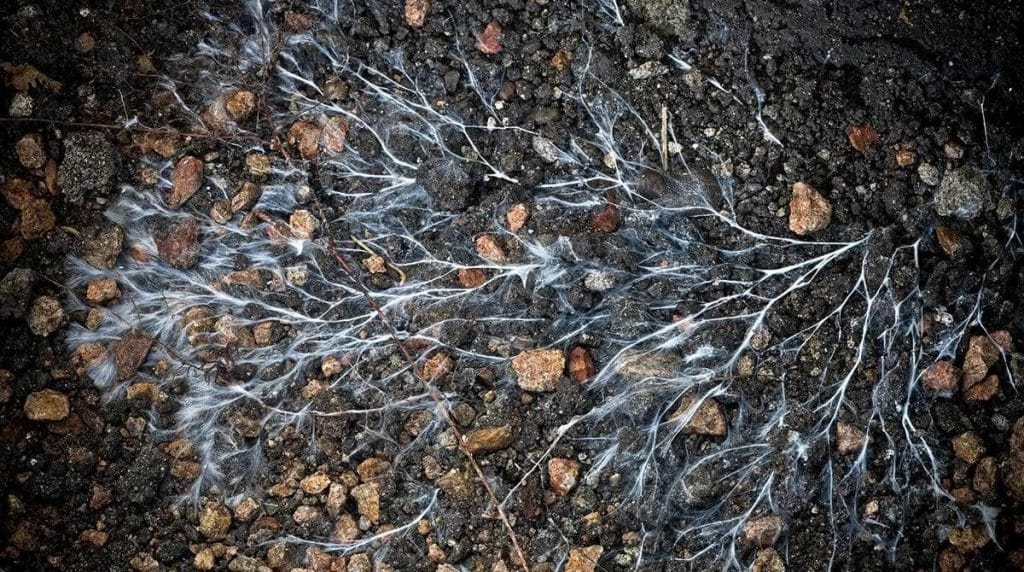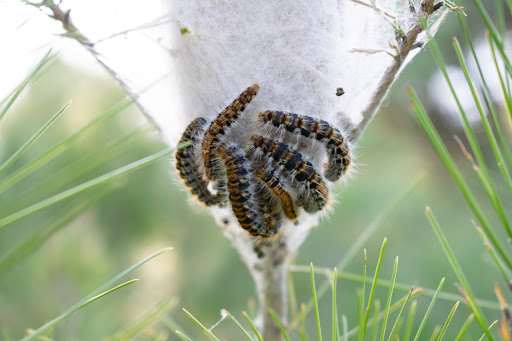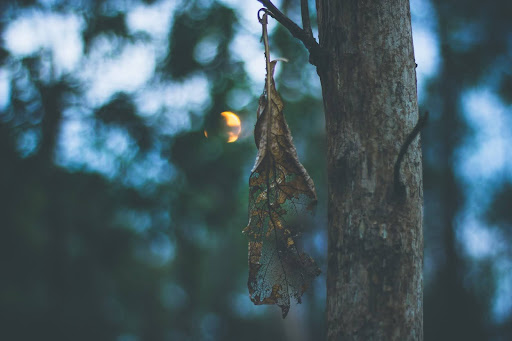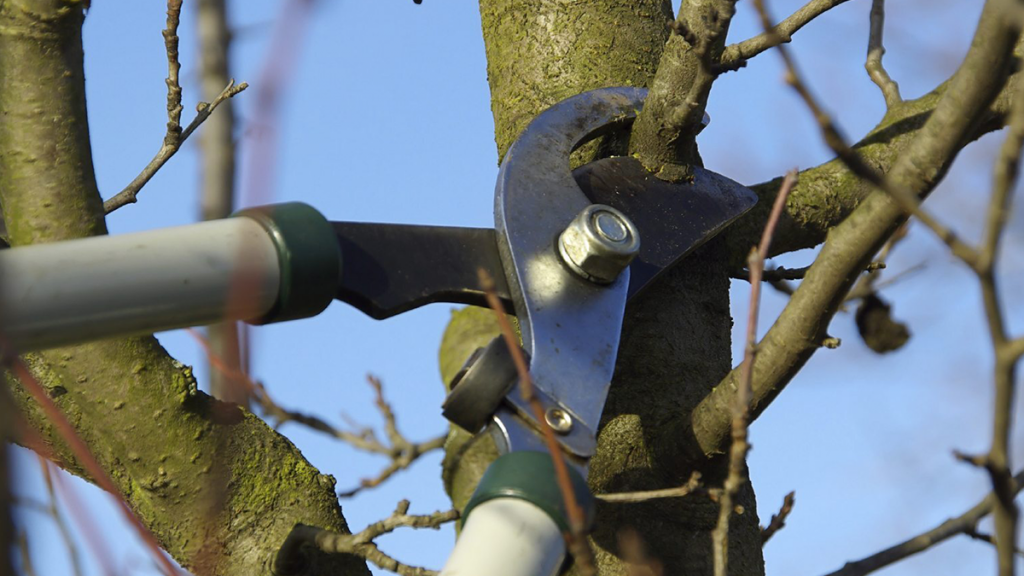
Date June 14, 2022
Category
We all know that trees are an important part of our ecosystem, but what you may not know is how they communicate with one another. Believe it or not, mycorrhizal fungi play a huge role in this communication. These fungi help plants share resources and information, allowing them to work together to improve their overall health. Explore with TreeNewal the fascinating role mycorrhizal fungi play in how trees communicate with each other!
What are Mycorrhizal Fungi?
Mycorrhizal fungi are a type of symbiotic relationship between fungi and plant roots. This relationship is beneficial for both parties involved as the fungi help the plants absorb more nutrients and water while the plants provide the fungi with carbohydrates. In return, the mycorrhizal fungi play an important role in how plants communicate with one another.
Mycorrhizal fungi are usually found in the soil and look like white, thread-like structures. The fungi wrap around the plant roots and form a dense network that allows them to share resources and information. They live for years, forming a long-term relationship with the plants they are associated with.
How Do Mycorrhizal Fungi Help Plants Communicate?
Mycorrhizal fungi play a key role in how plants communicate with one another and are a type of symbiotic relationship between fungi and plant roots.
This relationship is beneficial for both parties involved as the fungi help the plants absorb more nutrients and water while the plants provide the fungi with carbohydrates. In return, mycorrhizal fungi help plants communicate in two ways: through chemical signals and physical connections.
Chemically
The first way mycorrhizal fungi help plants communicate is by sending chemical signals. Chemically, the fungi release chemicals that signal to other plants when there is a lack of resources. For example, if one plant is lacking phosphorus, the mycorrhizal fungi will release a chemical that signals to other plants to release their phosphorus stores. This allows the plants to share resources and helps them survive in times of stress.
Electrically, mycorrhizal fungi act as a conduit for electrical impulses. These electrical impulses allow plants to share information about their environment, including predators, pathogens, and other stressors. This type of communication is important for plant survival as it allows them to warn each other of potential dangers and prepare accordingly.
Physically
The second way mycorrhizal fungi help plants communicate is by physically connecting them. By connecting the roots of different plants, mycorrhizal fungi allow them to share resources and information. This physical connection is how trees are able to “talk” to one another and share resources.
How do they physically connect? Mycorrhizal fungi have haustoria, which are structures that penetrate the plant cells and connect the cytoplasm of different plants. This physical connection allows plants to share the water, nutrients, and even hormones!
Why would a tree need to share hormones? Hormones are important for plant development, including growth, reproduction, and stress response. By sharing hormones, plants are able to coordinate their activities and better survive in their environment.
How Can You Encourage Growth of Mycorrhizal Fungi?
If you want to encourage the growth of mycorrhizal fungi, there are a few things you can do:
Use Organic Matter
Mycorrhizal fungi love organic matter! Add compost or other organic matter to your soil to encourage the growth of these important fungi.
Limit Chemical Use
Chemicals, including herbicides and pesticides, can kill mycorrhizal fungi. If you want to encourage their growth, limit your use of chemicals in your garden.
Plant Native Plants
Mycorrhizal fungi are more likely to form relationships with native plants. If you want to encourage their growth, plant native species in your garden.
Is Mycorrhizal Fungi Good for All Plants?
Mycorrhizal fungi are beneficial for almost all plants, but there are a few exceptions. For example, orchids and bromeliads do not form symbiotic relationships with mycorrhizal fungi. For orchids and bromeliads, mycorrhizal fungi actually compete with the plants for resources.
In general, mycorrhizal fungi are good for plants and help them communicate with one another. If you are interested in learning more about how trees communicate, contact TreeNewal! TreeNewal is committed to helping you create a healthy and sustainable environment. Our certified arborists can help you choose the right plants for your garden and provide tips on how to encourage the growth of mycorrhizal fungi. Contact us today to learn more!
If you need advice or assistance with mycorrhizal fungi for your trees, get in touch with the ISA Certified Arborists at TreeNewal and enjoy tailored tree care advice.
To learn more about The Fascinating Role Mycorrhizal Fungi Play in Tree Communication, call our Argyle and Southlake-based teams
at (817) 592-6846 or send us a message.
We’re a little different than the average tree services company.
Learn more about TreeNewal’s ISA Certified Arborists!
Our Dallas/Fort Worth-based tree doctors can explain how sustainable tree care services add more value to your bottom line.
Healthy trees, healthy lives.







